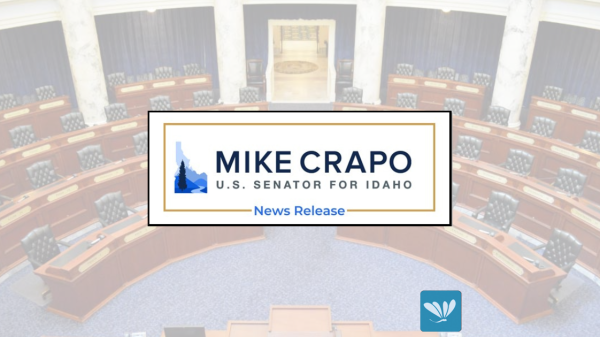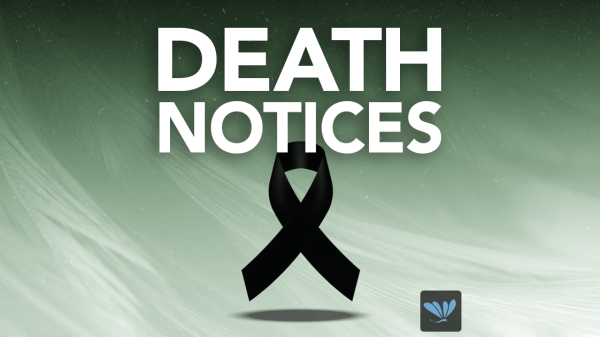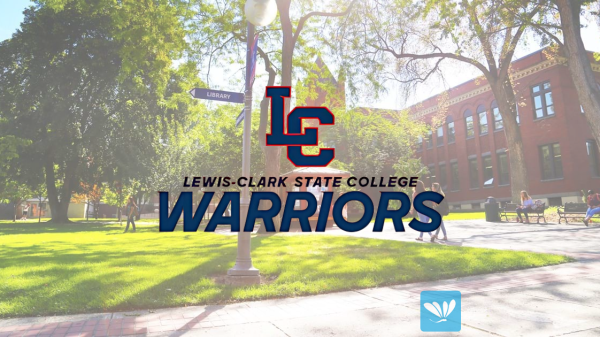(Public News Service) – A new report explored the pathways young people can take to land good-paying jobs, and a popular program in Idaho is helping young people with the goal.
The Georgetown University Center on Education and the Workforce looked at 10 pathways to increase people’s chances of getting a good job before the age of 30. While there is standard advice like getting a bachelor’s degree, the report also suggested entering other types of programs by age 22.
Matthew Paskash, a regional labor economist for the Idaho Department of Labor, said Idaho Launch is helping young people do that.
“Folks who want to go into the trades, go into stuff that requires perhaps just a certificate program, which may still cost money upfront to enroll into or buy necessary tools and equipment for, this helps to ease that burden and to lower those barriers,” Paskash explained.
The Legislature expanded the Idaho Launch workforce training program this year. By 2024, it will provide high school graduates up to $8,000 to attend community college or pursue a certificate program.
Zack Mabel, research professor at the Georgetown University Center on Education and the Workforce and the report’s co-author, said bachelor’s degrees are still the best pathway to increase people’s earnings in young adulthood, noting their chances increase by 20% if they are on the path to a bachelor’s by age 22. But he also noted it is not the only path.
“While it is true that the ticket to a good job is punched the most when you’re pursuing a bachelor’s degree, there are lots of other ways of increasing the opportunities for individuals who don’t choose to go down that pathway,” Mabel emphasized.
Mabel noted there are greater hurdles to high-paying jobs for women and people of color. He added reducing barriers to education and training is only part of the work to ensure greater equity in the workforce.
“At the same time, there needs to be a concerted effort to break down and address the other systemic obstacles that stand in the way of people being able to secure high-quality jobs,” Mabel urged.










































